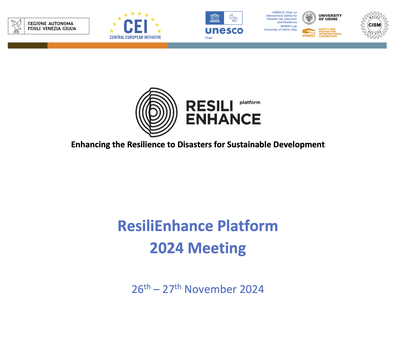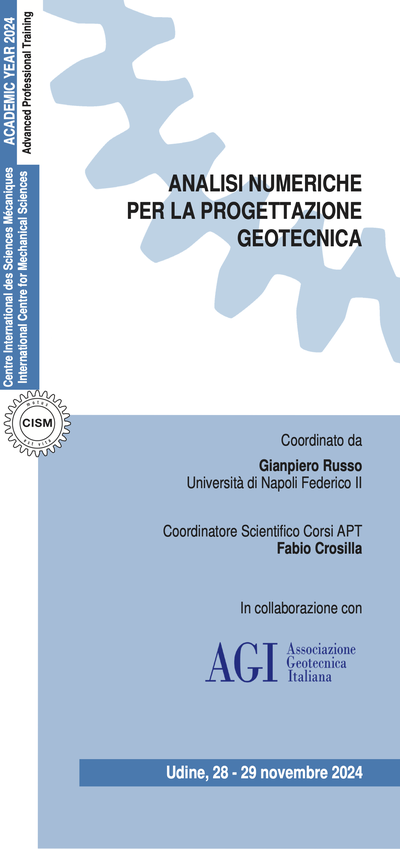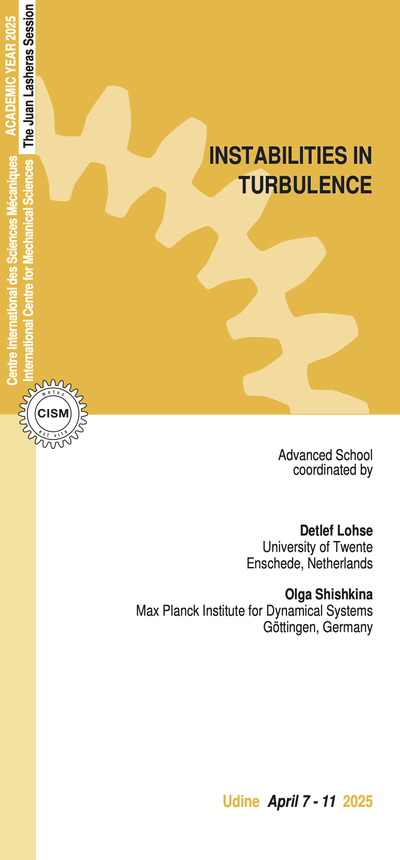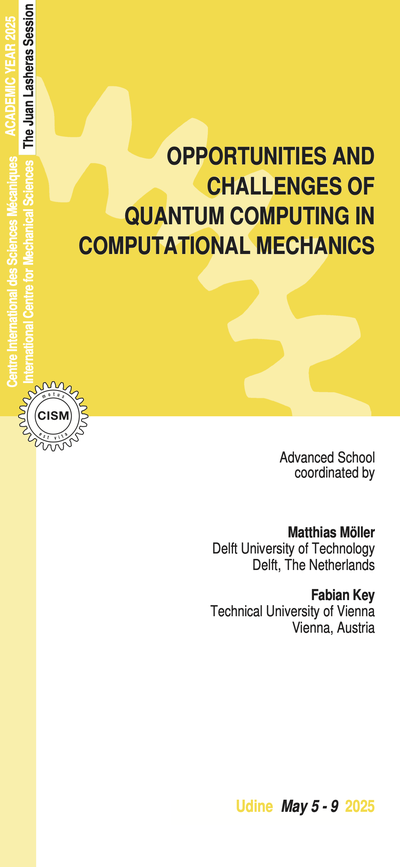The hysteretic behavior of certain materials provides the basis for the design of many of today’s “smart” systems. Prominent example are ferroelectric and ferromagnetic materials, which have been adopted as sensors and actuators in diverse fields of applications, ranging from microelectromechanical systems (MEMS) for high-precision positioning to vibrational and structural noise control as well as hearing aids. As these materials are taken to their limits by increasing incident fields, frequencies, decreasing size, reaction times as well as transition to large deformation applications, a detailed knowledge on the underlying physics is necessary to enable accurate multi-physics simulations.
The response of ferroelectric or ferromagnetic materials depends on their state of remanent polarization or magnetization and the presence of external electric or magnetic fields. In classical applications, the remanent polarization or magnetization state is assumed as uni-directional and constant. As the operational range of sensors and actuators is extended, this assumption is no longer valid, and an accurate understanding of the evolution of the material’s internal state is imperative. Hysteretic effects observed in multiferroic materials are usually modelled by means of internal variables. The internal variables can be, e.g., remanent magnetization or polarization, internal strains or phase fractions, and describe the microstructure at the macroscopic level of the material.
The main aim is to provide a comprehensive course teaching the fundamentals of hysteretic material behaviour. The course’s content includes the physics of ferroelectrics and ferromagnetics, phenomenological material models, thermodynamically consistent hysteresis models and their mathematical analysis, efficient numerical simulation schemes, and measurement set-ups for deriving the model parameters of real materials.
The course will start with an overview of scalar and vector hysteresis models followed by a detailed discussion of variational inequalities as the principal mathematical tool in hysteresis modelling, hysteresis energy balance, and continuous data dependence. Classical elasto-plasticity serves as an exemplary use-case, where thermodynamic potentials and dissipation functions are defined and their relation to commonly used yield conditions and associated flow rules is shown. The concepts developed there provide the basis for modeling ferroelectric material behavior appearing in piezoelectric ceramics. Next, the transition from microscopic to macroscopic level will be discussed for ferromagnetic materials, addressing also the origin of domain structures, domain wall motion and the rotation of magnetization. At this point, the identification of the material parameters based on measurements will be explained. Hysteresis modeling in materials undergoing large deformations, such as polarizable or magnetizable electro-active polymers, will conclude the theoretical part of the course. For all the above applications, theoretical models are complemented by efficient finite element strategies. In a practical session at the end, participants are encouraged to experiment on the behaviour of different hysteresis models in simple computational setups, which will support the understanding of the theories presented throughout the week.
The course will also include two poster sessions, in which the participants are invited to introduce themselves and to present their current research topics.
Eringen, A.C. und Maugin, G.A. (1990). Electrodynamics of Continua I: Foundations and Solid Media. Springer.
Maugin, G.A. (1988). Continuum mechanics of electromagnetic solids. In J.D. Achenbach, B. Budiansky, W.T. Koiter, H.A. Lauwerier, and L. Van Wijngaarden, Hrsg., Applied Mathematics and Mechanics, 33. North-Holland Series.
Krejčí, P. (1996). Hysteresis, Convexity and Dissipation in Hyperbolic Equations, volume 8 of GAKUTO Internat. Ser. Math. Sci. Appl. Gakkotosho Co., Ltd., Tokyo.
Belahcen, A. (2005). Magnetoelastic coupling in rotating electrical machines. IEEE Transactions on Magnetics, 41(5), 1624-1627.
Klinkel, S. (2006). A phenomenological constitutive model for ferroelastic and ferroelectric hysteresis effects in ferroelectric ceramics. International Journal of Solids and Structures, 43(22-23), 7197-7222.
Belahcen, A. (2006). Vibrations of rotating electrical machines due to magnetomechanical coupling and magnetostriction. IEEE Transactions on Magnetics, 42(4), 971-974.
Daniel, L., Rekik, M., & Hubert, O. (2014). A multiscale model for magneto-elastic behaviour including hysteresis effects. Archive of Applied Mechanics, 84, 1307-1323.
Humer, A., Pechstein, A. S., Meindlhumer, M., & Krommer, M. (2020). Nonlinear electromechanical coupling in ferroelectric materials: large deformation and hysteresis. Acta Mechanica, 231, 2521-2544.
Nierla, M., Kaltenbacher, M., & Rupitsch, S. J. (2022). Computation of rotational hysteresis losses by vector Preisach models based on rotational operators. COMPEL-The international journal for computation and mathematics in electrical and electronic engineering, 41(3), 981-995.
5 lectures on: Material models used in the FE simulations of electrical machines, including linear models, nonlinear single-valued models, and hysteresis models both scalar and vectorial; electromagnetic force computation in electric machines and nodal magnetic forces for high order elements; a practical course on the implementation of the nodal force computation method within an FE solver.
5 lectures on: A discussion of the origin of ferromagnetic behaviour from the microscopic mechanisms (origin of domain structure, domain wall motion, magnetisation rotation) to the macroscopic ferromagnetic behaviour and hysteresis; introduction of a multiscale approach for the modelling of magneto-elastic couplings using the Jiles-Atherton model.
5 lectures on: A detailed discussion of the energy based hysteresis model used in electromagnetics, which is based on the dry friction model as used in mechanics, its variational formulation and its solution via optimization; identification of the hysteresis parameters based on measurements; an advanced FE formulation and its implementation in an open source software.
5 lectures on: The non-linear analysis of piezoelectric structures including material non-linearities appearing in ferroelectric ceramics; development of a fully thermodynamic consistent model; implementation in a finite element framework and discussion of consistent tangent moduli; implementation of shell finite elements including a summary and explanation of additional electro-mechanical locking effects.
5 lectures on: A survey of mathematical models for scalar and vectorial hysteresis models with applications in elastoplasticity, ferromagnetism, porous media, phase transitions, and multifunctional materials; variational inequalities as the principal mathematical tool in hysteresis modeling, hysteresis energy balance, and continuous data dependence, and the solvability of systems of (partial) differential equations.
6 lectures on: An introduction into classical elastoplasticity as a first example of material models involving hysteresis with a detailed discussion of the involved internal variables, thermodynamic potentials and dissipation function; modeling of ferroelectric materials in large deformation context; efficient numerical treatment by appropriate finite element methods; a practical session on the implementation of these thermodynamically consistent models.
ADMISSION AND ACCOMMODATION
The course is offered in a hybrid format, allowing participants the flexibility to attend either in person or remotely via the Microsoft Teams platform.
Limited spots are available for on-site attendance and will be allocated on a first-come, first-served basis.
The registration fees are:
- On-site participation: 600.00 Euro + VAT*
Includes a complimentary bag, five fixed menu buffet lunches, hot beverages, downloadable lecture notes.
Deadline for on-site application is May 3, 2024.
- Live Streaming Online Participation: 250.00 Euro + VAT*
Includes downloadable lecture notes.
Deadline for online application is May 22, 2024.
Application forms should be submitted online through the website: http://www.cism.it.
A confirmation message will be sent to accepted participants.
Upon request, a limited number of on-site participants can be accommodated at CISM Guest House at the price of 35 Euro per person/night (contact: foresteria@cism.it)
* where applicable (bank charges are not included) - Italian VAT is 22%.
CANCELLATION POLICY
Applicants may cancel their registration and receive a full refund by notifying the CISM Secretariat in writing (via email) no later than:
- May 3, 2024 for on-site participants (no refunds after the deadline);
- May 22, 2024 for online participants (no refunds after the deadline).
Cancellation requests received before these deadlines will be subject to a 50.00 Euro handling fee. Incorrect payments are also subject to a 50.00 Euro handling fee.
GRANTS
A limited number of participants from universities and research centres who do not receive support from their own institutions can request a waiver of the registration fee and/or free lodging.
Requests should be sent to the CISM Secretariat by April 3, 2024, along with the applicant's curriculum vitae and a letter of recommendation from the head of the department or a supervisor confirming that the institute cannot provide funding. Preference will be given to applicants from countries that sponsor CISM.





